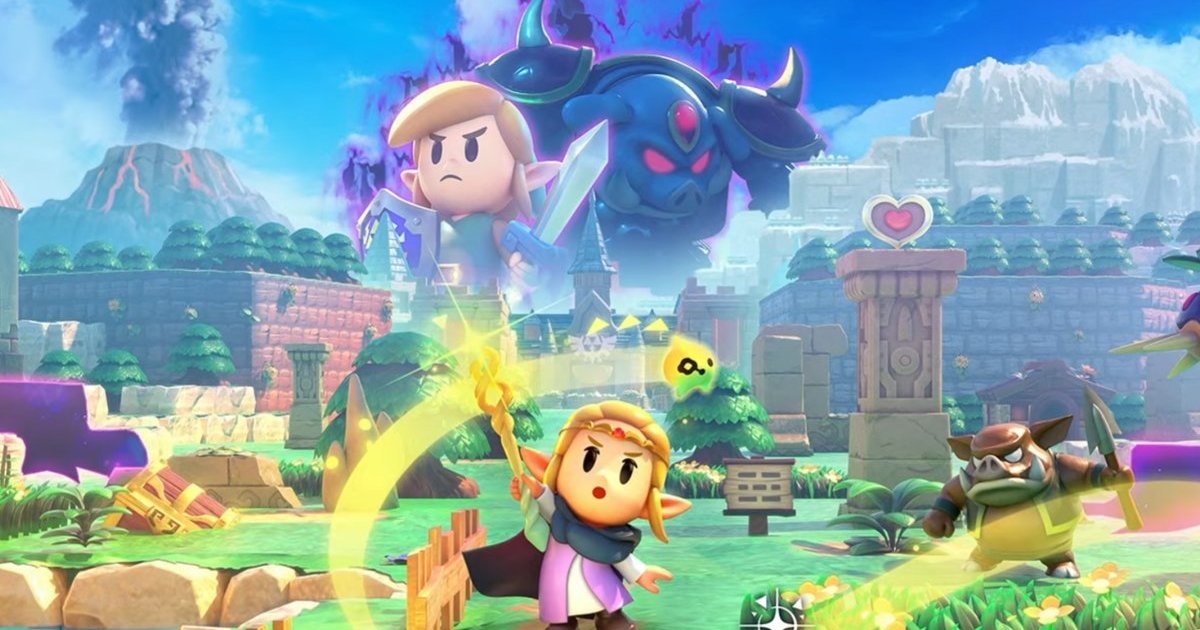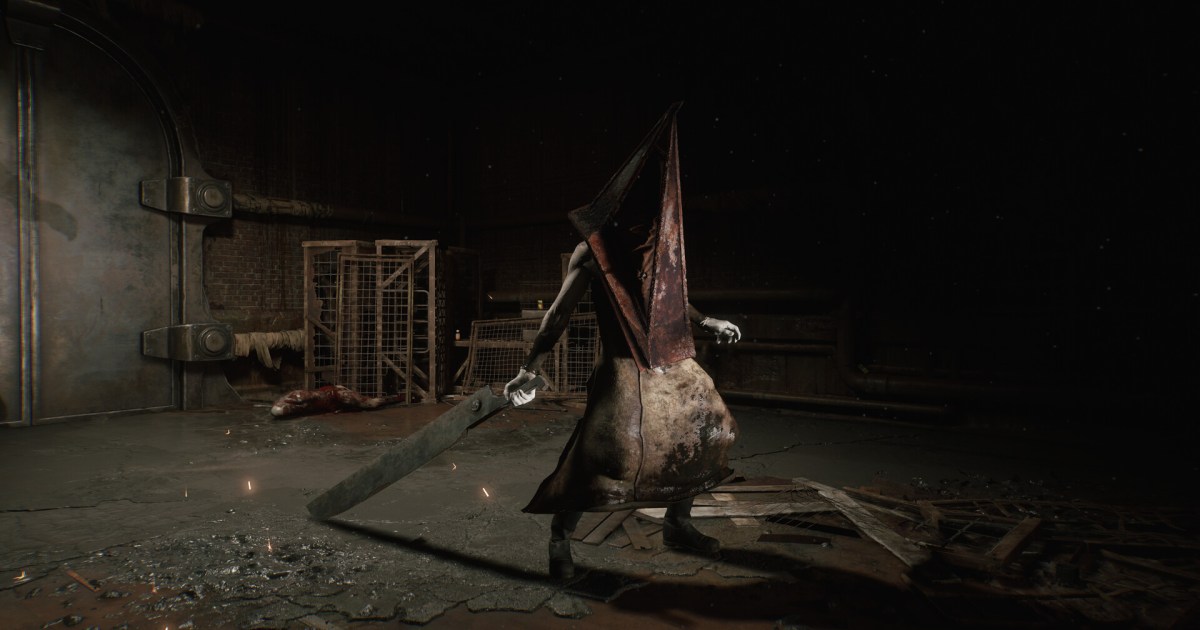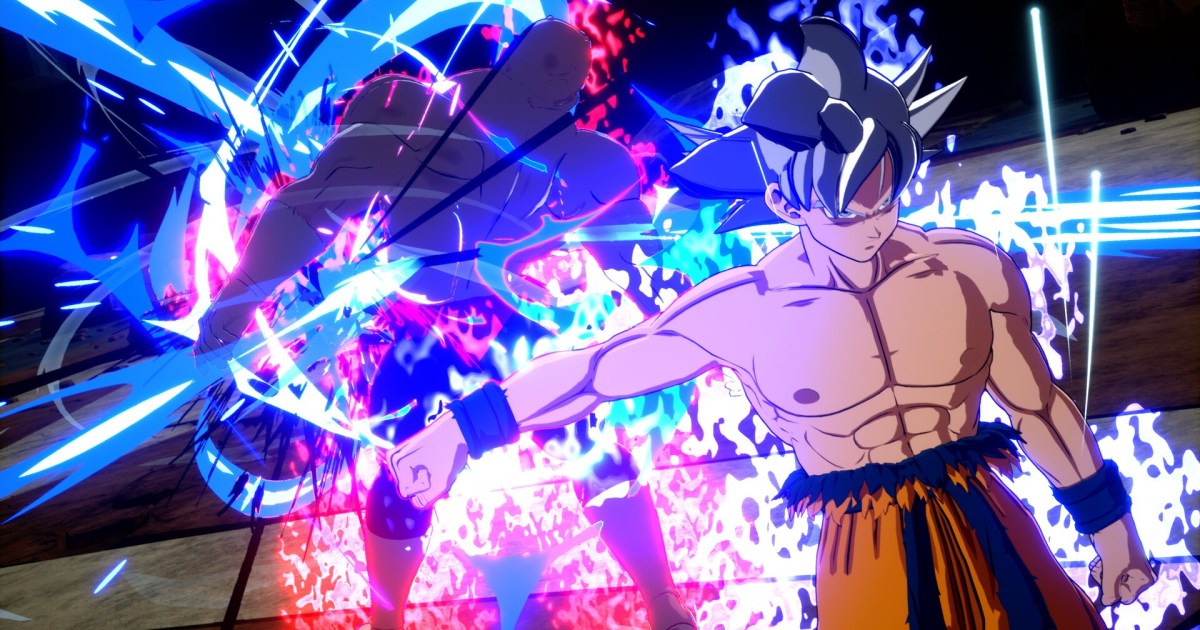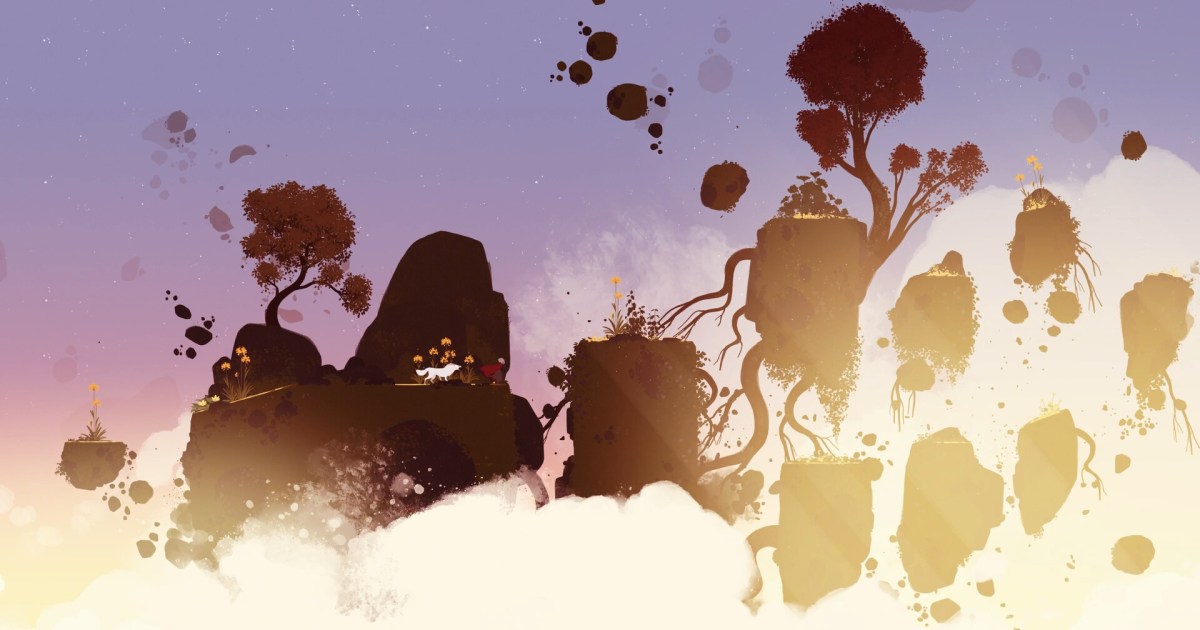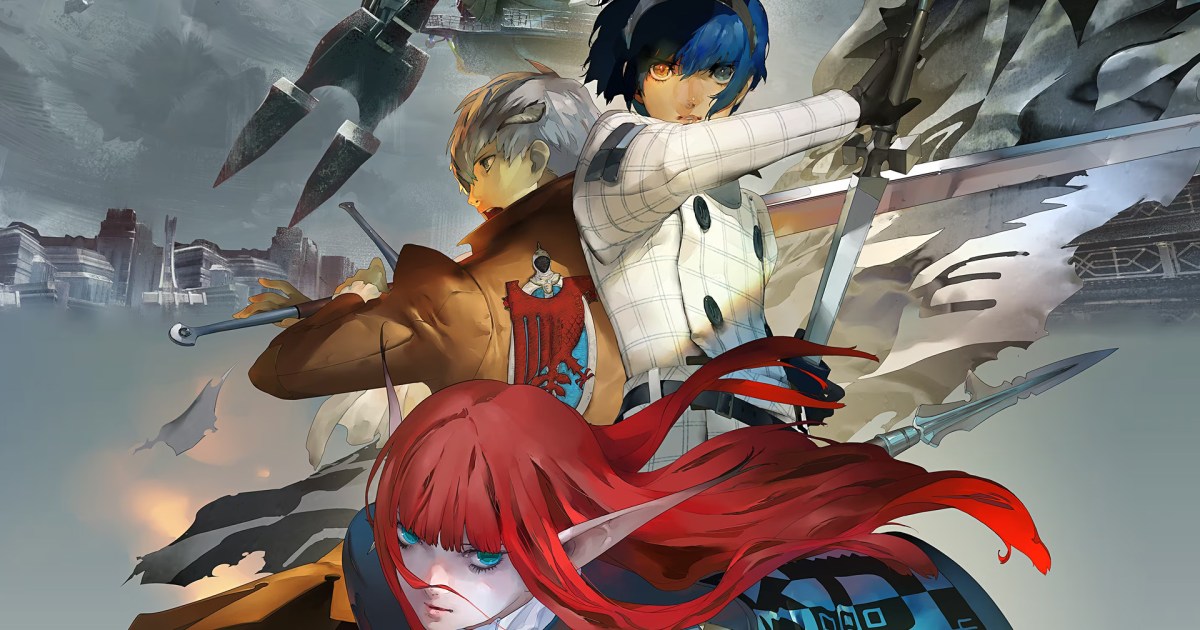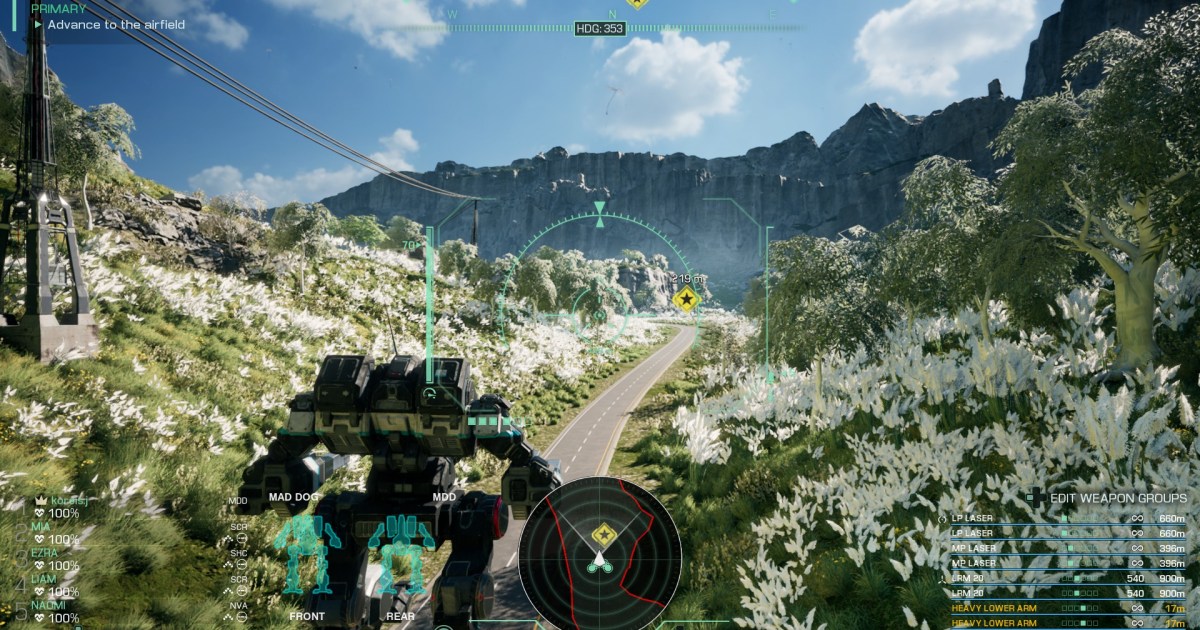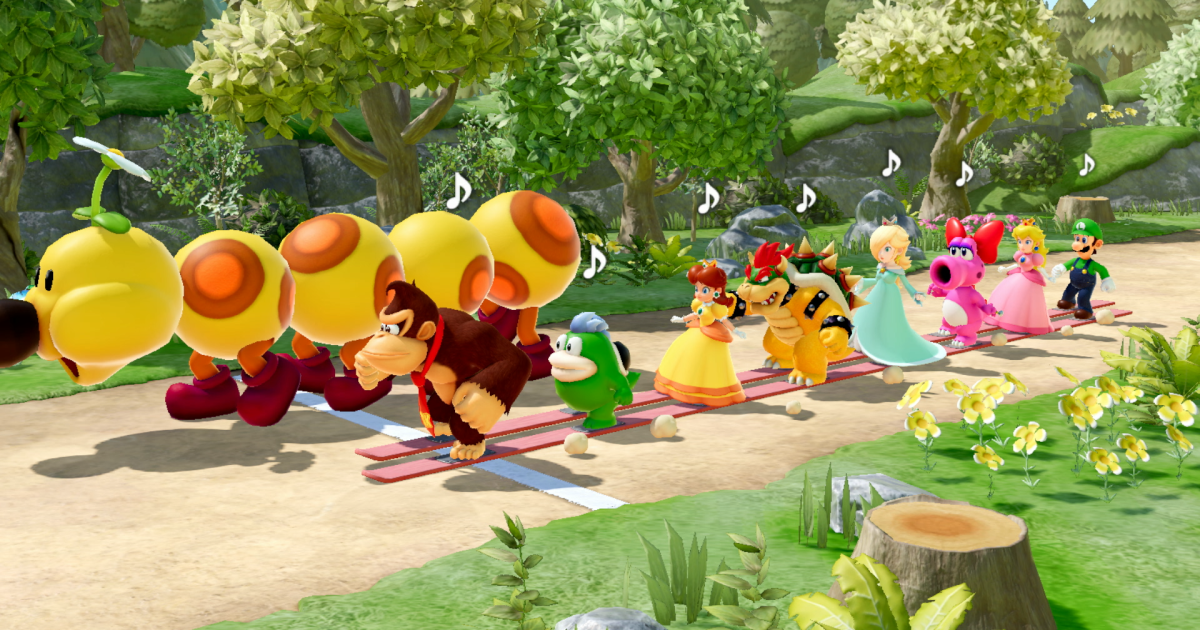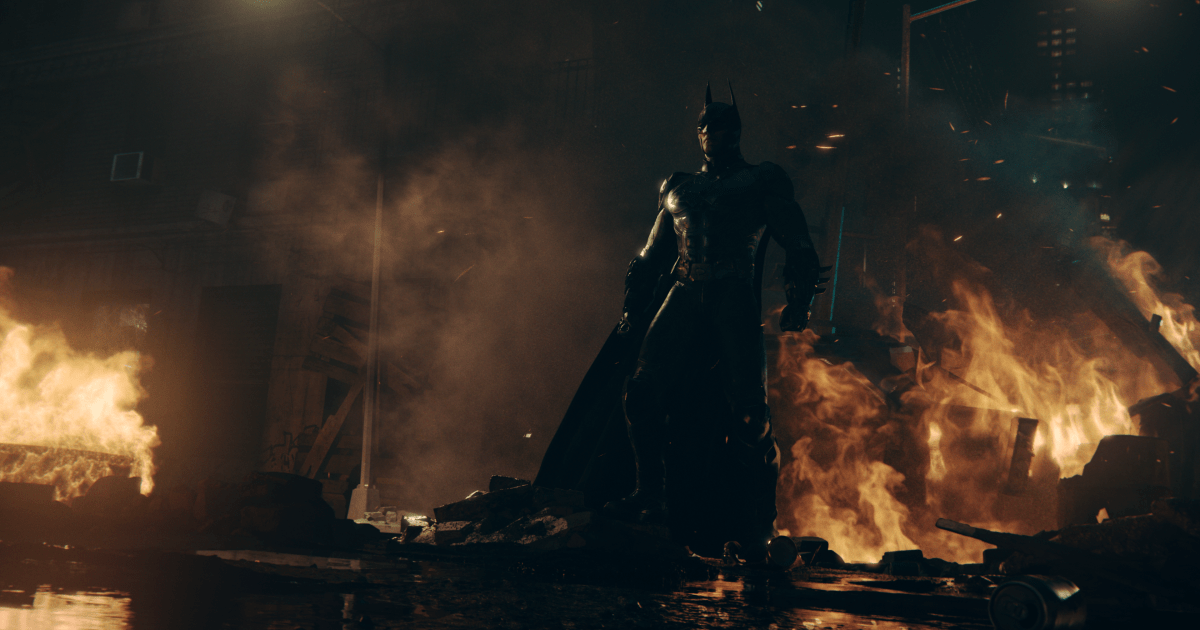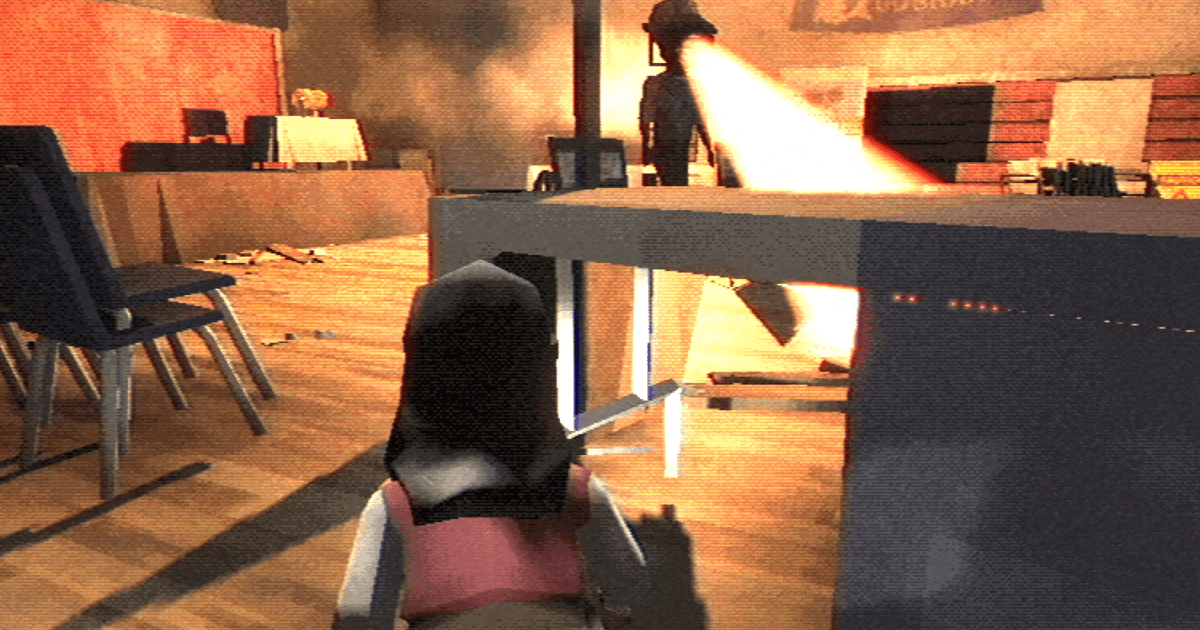The latest Zelda game, Echoes of Wisdom, lets players experience Hyrule from Princess Zelda’s perspective, armed with a unique item-copying ability. This innovative mechanic promises an adventure filled with creative problem-solving, reminiscent of Tears of the Kingdom‘s open-ended approach. However, while the concept is promising, Echoes of Wisdom falls short of its full potential due to limitations in its execution.
Echoes of Innovation and Limitation
Echoes of Wisdom flips the traditional Zelda narrative. Link vanishes into a mysterious rift, leaving Zelda to take the lead. Aided by the creature Tri and the Tri Rod, Zelda can copy objects and enemies as “echoes,” utilizing them to solve puzzles and overcome obstacles. This new mechanic emphasizes wisdom over courage, a refreshing shift in focus for the series.
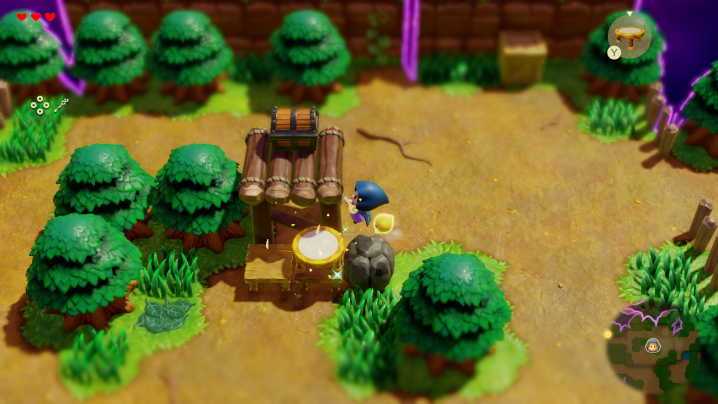 Zelda builds a contraption with a trampoline on it in The Legend of Zelda: Echoes of Wisdom.Zelda utilizes her echo ability to create a unique solution for traversing the environment.
Zelda builds a contraption with a trampoline on it in The Legend of Zelda: Echoes of Wisdom.Zelda utilizes her echo ability to create a unique solution for traversing the environment.
The core gameplay retains familiar elements: top-down exploration, dungeons, keys, and heart pieces. The echo system seamlessly integrates into this framework, allowing players to experiment with various solutions. Need to bypass a guard? Hide in a pot or build a bridge overhead. This flexibility extends to every aspect of the game, ensuring unique playthroughs. Moments of brilliance emerge, echoing the open-ended problem-solving of Tears of the Kingdom. Building a tower of trampolines to reach a high cliff evokes the same creative satisfaction as constructing an improbable bridge in Tears of the Kingdom. Echoes of Wisdom solidifies player agency as a central tenet of the Zelda series moving forward.
However, the echo system’s limitations become apparent. The number of copyable objects feels surprisingly restricted. While over 100 echoes exist, few offer unique functionalities. The majority are interchangeable monsters, reducing combat to a simplified strategy game lacking depth. A handful of powerful echoes, like a wall-climbing spider, trivialize many challenges and inadvertently undermine the game’s carefully crafted puzzles. This over-reliance on specific echoes is further exacerbated by a cumbersome UI, making it tedious to navigate the extensive list of available options.
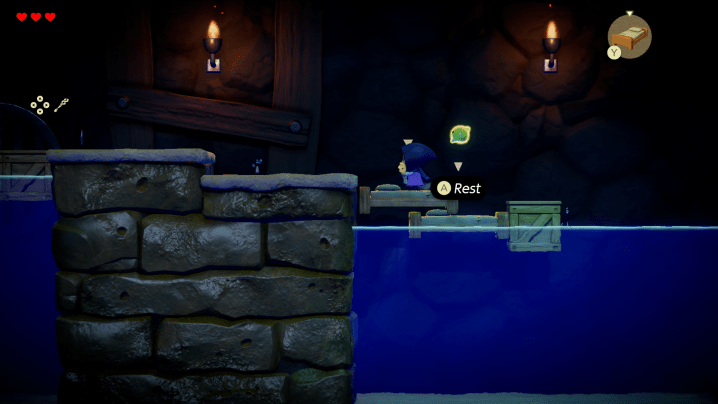 Zelda crosses a bridge of beds in The Legend of Zelda: Echoes of Wisdom.Zelda demonstrates the creative use of everyday objects with the echo ability.
Zelda crosses a bridge of beds in The Legend of Zelda: Echoes of Wisdom.Zelda demonstrates the creative use of everyday objects with the echo ability.
A Blend of Old and New, Not Always Smooth
Echoes of Wisdom incorporates various elements from Breath of the Wild, including open-world exploration, side quests, and accessories. The expanded map encourages exploration, and new tools and accessories incentivize revisiting previously explored areas. This harkens back to the sense of discovery found in the original Legend of Zelda. However, not all borrowed elements translate effectively.
The smoothie crafting system, a simplified version of Breath of the Wild‘s cooking, exemplifies this disconnect. The passive nature of combat and the readily available healing options render smoothies largely unnecessary. Inventory space becomes cluttered with unused ingredients, further compounded by the abundance of readily available resources. Chests often contain mundane ingredients rather than more rewarding items, diminishing the sense of accomplishment from exploration.
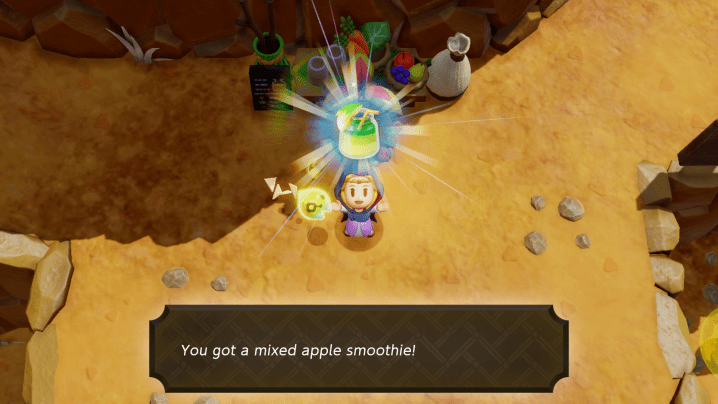 Zelda makes a mixed smoothie in The Legend of Zelda: Echoes of Wisdom.The smoothie system, while simple, feels superfluous in Echoes of Wisdom.
Zelda makes a mixed smoothie in The Legend of Zelda: Echoes of Wisdom.The smoothie system, while simple, feels superfluous in Echoes of Wisdom.
A Familiar Echo, a New Voice
Despite its shortcomings, Echoes of Wisdom offers a comforting return to the traditional Zelda formula. Exploring dungeons and collecting heart pieces retains its timeless appeal. Grezzo’s experience with Link’s Awakening shines through, capturing the essence of classic Zelda gameplay.
The chibi art style, while potentially divisive, lends a playful charm that complements the echo mechanic. The orchestrated soundtrack evokes the whimsical spirit of A Link Between Worlds. However, the game’s reliance on familiar tropes holds it back. The story, locations, and characters lack the originality of previous entries. Zelda, despite being the protagonist, feels underdeveloped, lacking a distinct personality. The inclusion of a “Swordfighter Form” further diminishes her individuality, making her feel like a Link reskin.
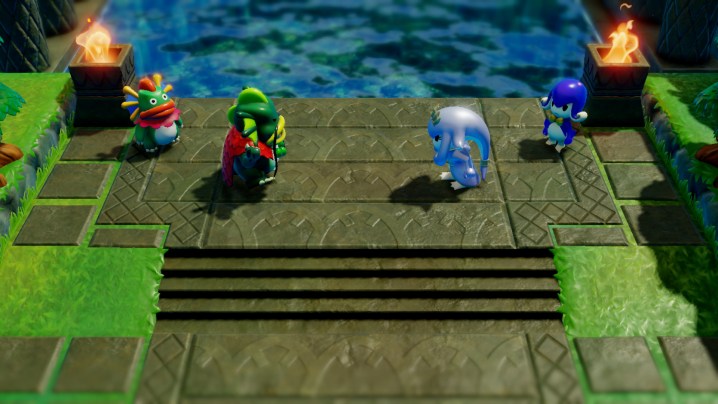 Two aquatic creatures talk in The Legend of Zelda: Echoes of Wisdom.Echoes of Wisdom features familiar characters and locations from the Zelda universe.
Two aquatic creatures talk in The Legend of Zelda: Echoes of Wisdom.Echoes of Wisdom features familiar characters and locations from the Zelda universe.
Echoes of Wisdom shines brightest when it embraces its unique mechanics. The Still World rifts, requiring clever use of echoes to navigate fragmented landscapes, showcase the game’s true potential. These moments of puzzle-solving ingenuity highlight Zelda’s wisdom and resourcefulness.
Echoes of Wisdom feels like the first tentative step in Zelda’s journey as a solo protagonist. While it falls short of fully realizing its innovative ideas, it lays the groundwork for future adventures.
The Legend of Zelda: Echoes of Wisdom was tested on Nintendo Switch OLED.



